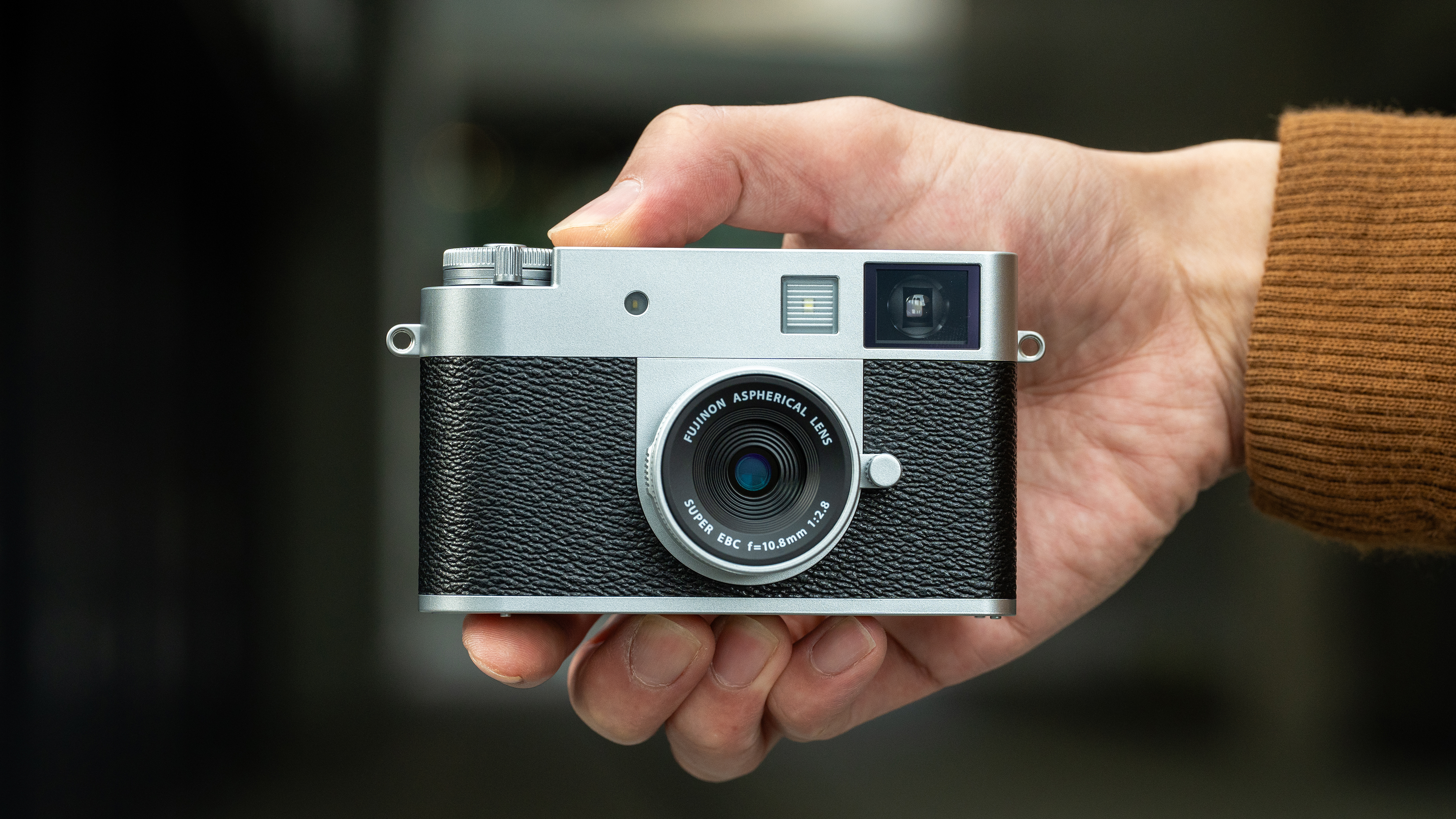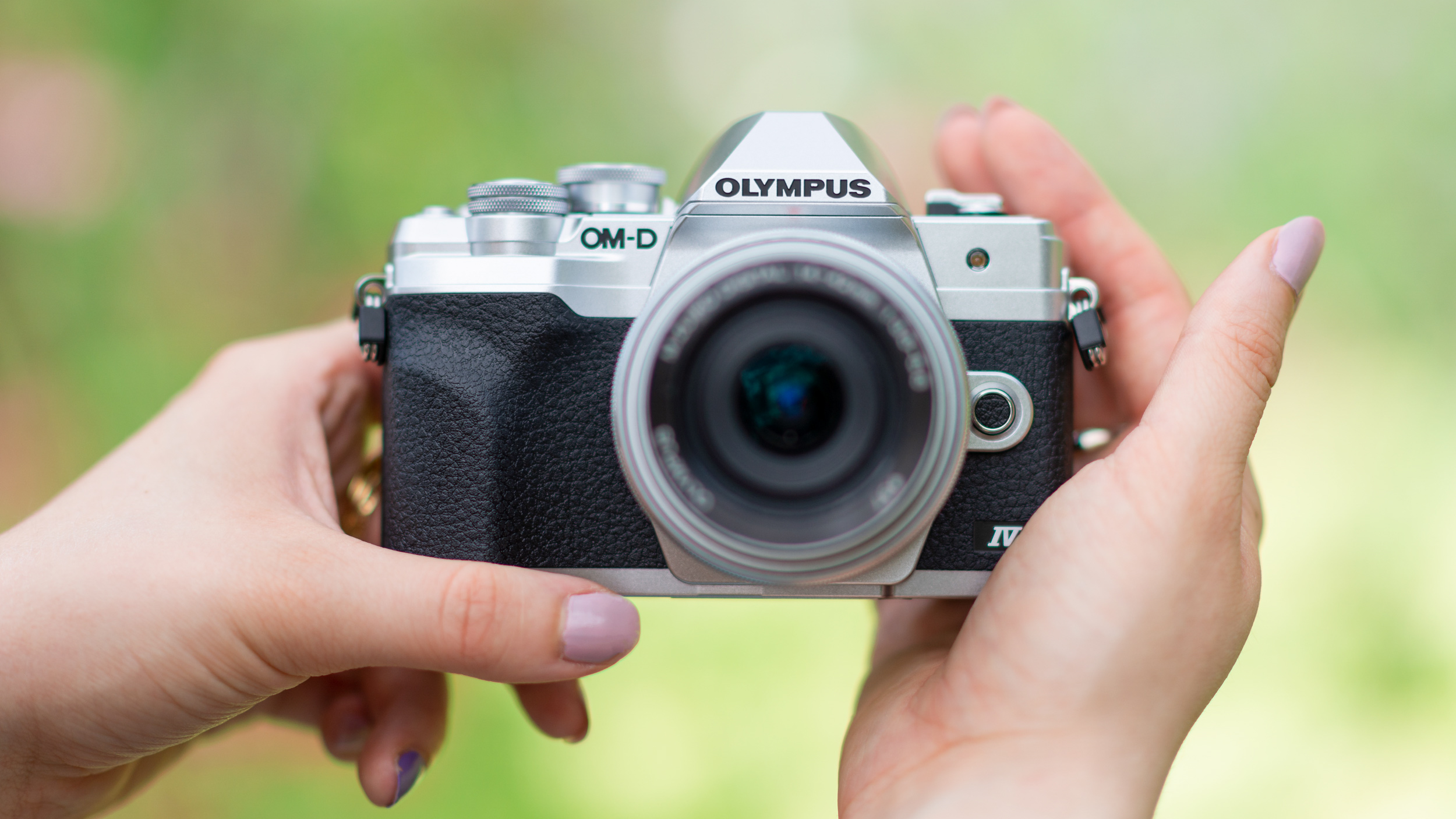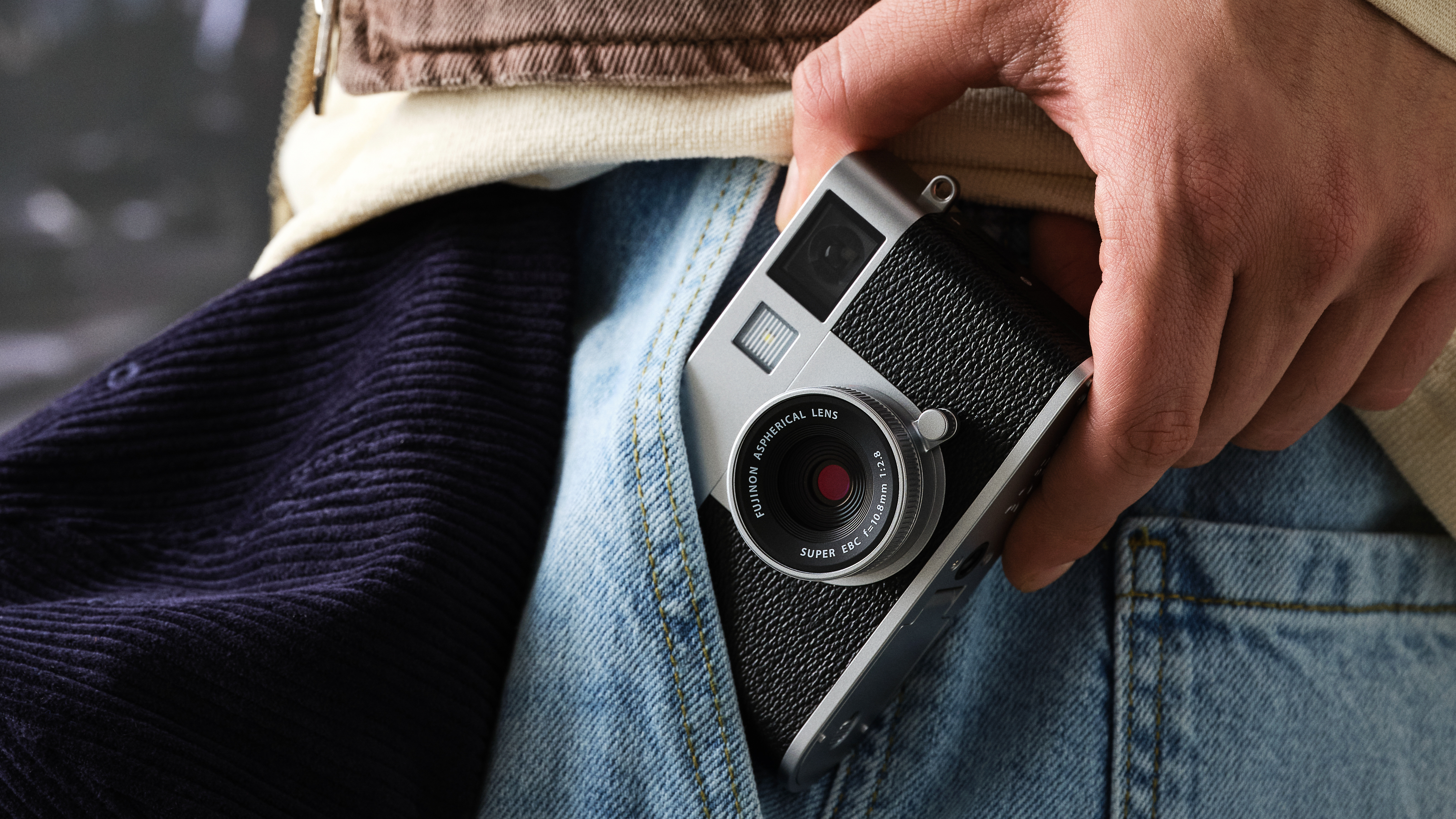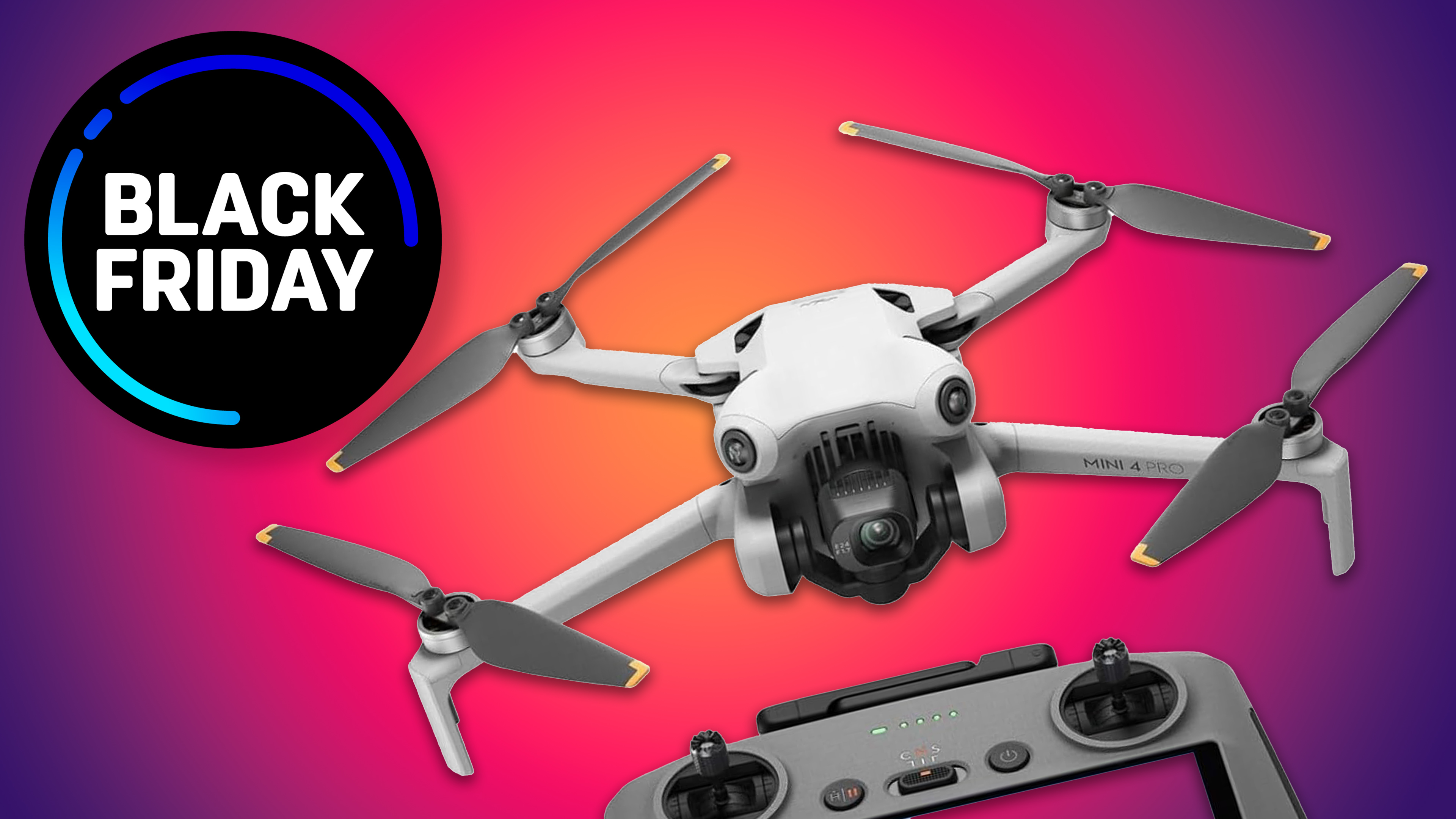The Fujifilm X Half is the cheapest X Series camera, but does that make it good value? Actually, yes…
It’s tiny, it has a one-inch sensor, it can’t shoot RAW, but I still think the Fujifilm X Half is fairly priced. Here’s why…

The launch of the Fujifilm X Half and its RRP of $849 / £699 / AU$1,349 makes it the cheapest X Series camera on the market right now, beating the Fujifilm X-T30 II and Fujifilm X-M5 by up to $100 / £100 / AU$100.
And bear in mind those are body-only prices, so you'll need to buy a lens on top, whereas the X Half features an integrated lens. So why are so many people bemoaning the RRP online? And are their concerns valid?
There’s no direct competitor to the Fujifilm X Half – it’s such a unique camera – but if we consider the best cheap cameras, you’re looking at the Canon EOS R100 costing around $599 / £669 / AU$1,198 mark, the Olympus OM-D E-M10 Mark IV setting you back $799 / £699 / AU$949 (both with kit lenses), and the Sony ZV-1F priced at $499 / £549 / $945.
So while the X Half is in the higher end of that price bracket, it still sits roughly within the entry-level price range.
I think the naysayers are focusing on the Fujifilm X Half’s spec list – and from an enthusiast’s point of view, you could be disappointed. A 17.74MP 1-inch sensor, 2.4-inch touchscreen, vertical HD video only, optical viewfinder, and no option to shoot RAW sounds archaic in today’s climate. But you can’t review the X Half like a standard camera, because it’s not a standard camera.
Instead of focusing on the tech it doesn’t have, I’m interested in the tech it does have. Namely, that quirky half-frame rear LCD, the tiny lozenge-shaped LCD used to select and display the ‘loaded’ Film Simulation, and the ‘film’ advance lever. Plus, the Film Camera mode, which makes the device behave like a real film camera.
And on top of all that, you’ve got a new body and a new lens. In other words, the Fujifilm X Half isn’t an incremental update, it’s a whole new entry into the X Series. And that means a much more involved development process.
The best camera deals, reviews, product advice, and unmissable photography news, direct to your inbox!
Another thing that might count against it is its size. Smaller cameras do tend to be more favorable, but the X Half is particularly small – so much so that pictures of the camera can seem rather twee, toy-like even.
But while I’ve yet to handle the camera myself, my colleague and Digital Camera World Reviews Editor, Gareth Bevan, called the build quality “top-notch, as per usual from Fujifilm”.
And then there’s the phenomenon that I like to call ‘Fujimania’. Over the past few years, Fujifilm cameras, such as the Fujifilm X100VI and X-M5, have become rather sought after. So much so that you can often purchase a Fujifilm camera new and it’ll either maintain its value or, in some cases, appreciate.
When you buy an X Series camera, you know you’re buying into a certain level of quality. Take Leica, for example. If a Leica M11 was reviewed purely on its RRP and specs, it would score very low. But owning a Leica is partially about the experience, the build quality and the company’s heritage.
So, to conclude, do I think the Fujifilm X Half is a bargain? No, I don’t. Do I think it’s fairly priced? Given everything I know right now, yes, I do. The talking point, then, shouldn’t be the price, but whether or not it’s the right camera for you. After all, it's not designed specifically for the camera enthusiast.
You might also like...
Caught a bout of 'Fujimania'? Want more Fujifilm goodness? The Fujifilm X-T30 II would be high on my list if I started photography all over again. Plus, Fujifilm calls Instax Mini film a “mini darkroom,” I was gobsmacked when I found out why… And if you're searching for a camera that does it all, STOP! "There is no such thing as the perfect camera” says George Holden.

Mike studied photography at college, honing his Adobe Photoshop skills and learning to work in the studio and darkroom. After a few years writing for various publications, he headed to the ‘Big Smoke’ to work on Wex Photo Video’s award-winning content team, before transitioning back to print as Technique Editor (later Deputy Editor) on N-Photo: The Nikon Magazine.
With bylines in Digital Camera, PhotoPlus: The Canon Magazine, Practical Photography, Digital Photographer, iMore, and TechRadar, he’s a fountain of photography and consumer tech knowledge, making him a top tutor for techniques on cameras, lenses, tripods, filters, and more. His expertise extends to everything from portraits and landscapes to abstracts and architecture to wildlife and, yes, fast things going around race tracks...
You must confirm your public display name before commenting
Please logout and then login again, you will then be prompted to enter your display name.


